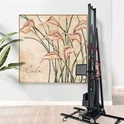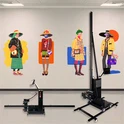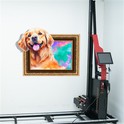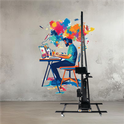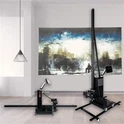How does a wall printer work?
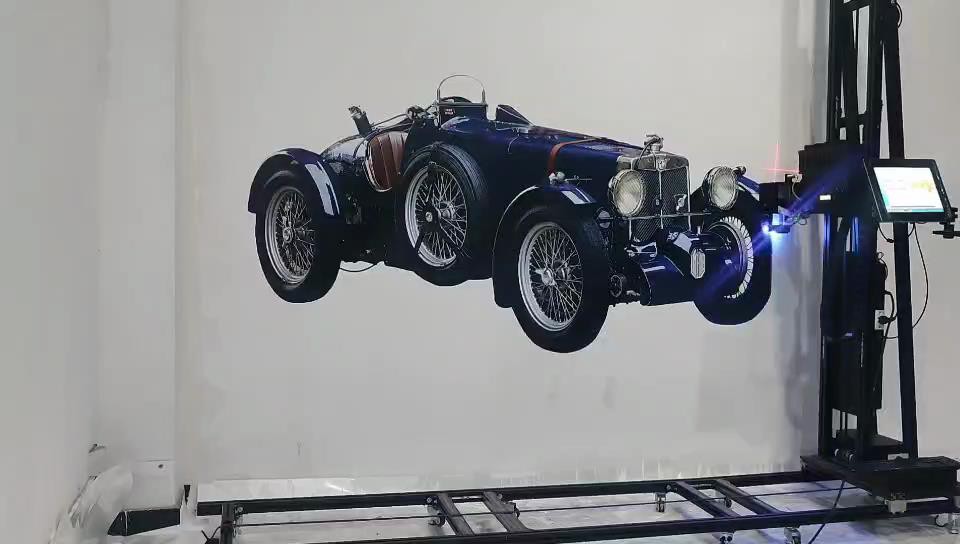
A wall printer, also known as a mural printer or wall mural machine, is a specialized device designed to create large-scale graphics, artwork, or text on walls or other vertical surfaces. These printers are often used for creating custom wall murals, advertisements, decorative designs, and other large-format visuals. The process of how a wall printer works can vary depending on the specific technology and model, but the basic principles are as follows:
Image Input: The first step is to input the image or design that you want to print onto the wall. This image can be created using design software or selected from a digital image library.
Surface Preparation: The wall or surface to be printed on needs to be properly prepared. This typically involves cleaning the surface, ensuring it's smooth and free from imperfections, and applying a primer or base coat if necessary. The surface preparation is critical to ensure that the ink adheres properly and that the final print looks sharp and vibrant.
Positioning and Calibration: The wall printer needs to be accurately positioned in front of the wall, and its position and orientation need to be calibrated. This ensures that the printer knows the precise dimensions and contours of the wall.
Printing Mechanism: Wall printers use different mechanisms to apply the ink to the wall. Common methods include:
Inkjet Printing: Some wall printers use inkjet technology, where the printer sprays tiny droplets of ink onto the wall in a controlled pattern. The ink is typically UV-cured to ensure it adheres to the surface and dries quickly.
Robotic Arms: Other wall printers use robotic arms equipped with nozzles or spray guns to apply the ink in a precise manner. These robotic arms move in a controlled fashion to create the design.
Projection Mapping: Some advanced wall printers use projection mapping in combination with painting mechanisms. A digital projector displays the design on the wall, and the printer follows the projection to apply the ink accurately.
Printing Process: The printer follows the digital design, layer by layer, to create the final image or mural. Depending on the complexity of the design and the technology used, this process may take several hours or even days to complete.
Drying and Finishing: Once the printing is done, the ink often needs to dry and cure. UV-curable inks are commonly used because they dry quickly and are durable. After drying, additional protective coatings may be applied to enhance the longevity and appearance of the mural.
Wall printers are particularly useful for creating customized and large-scale artwork or advertising displays on surfaces that would be challenging or time-consuming to paint by hand. They are used in various settings, including homes, businesses, museums, and public spaces, and have opened up new possibilities for wall decor and visual communication.


